Why I Made the Switch from the Canon R5 to the Sony A7R V
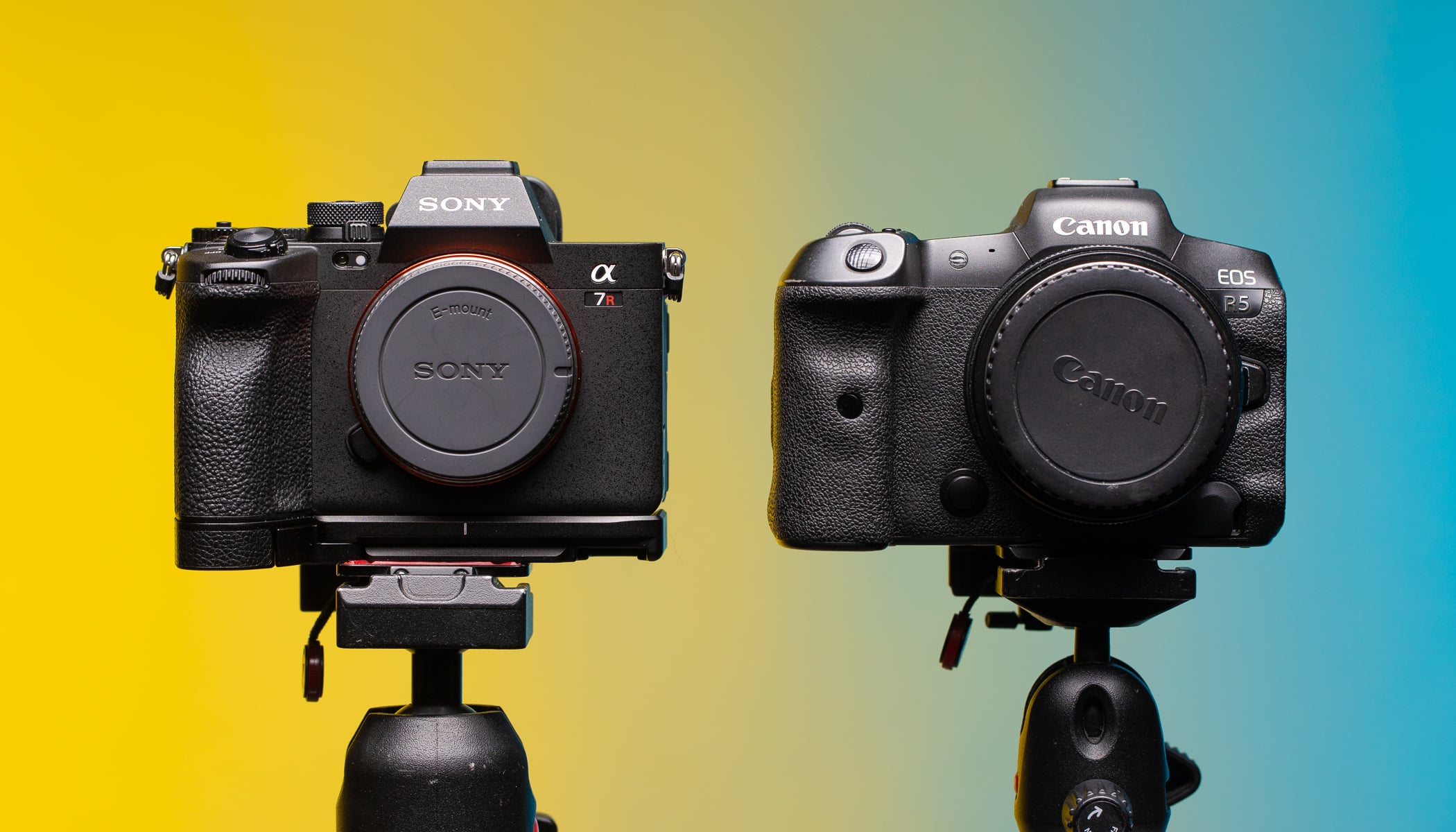
I recently decided to take a big step: Change my camera brand and replace all corresponding lenses and equipment. I learned a lot from reviews, but still had many questions. What are the differences between Canon and Sony, and was switching a good decision? I was only able to find some of the answers came only after using them for some time.
I’ve been shooting on Canons for over 18 years. During that time, I used many lenses. Not only from Canon, but other brands like Sigma and Tamron. With the introduction of mirrorless cameras, Canon switched from the original EF lens mount to the new RF mount, which caused a problem—Third-party manufacturers can no longer make autofocus lenses for the new system, meaning almost any normal lens is not compatible.
Older EF system lenses, even from other manufacturers, can still be used with an adapter. But third-party manufacturers like Sigma, Tamron, Samyang, Tokina, Laowa, and others are churning out new glass that is suddenly limited to the systems of other brands. For the last six years, Canon has maintained a monopoly, resulting in a high cost of new lenses and a lack of alternatives.
I had been using older EF-type glass on a mirrorless Canon R5 body. But I knew that one day I would either have to sell the lenses and buy new Canon RF glass or sell everything, including the cameras, and switch to another brand. After weighing my options, I began to lean toward switching to the Sony E series.
Why Sony?
Sony and its full-frame body won out because of the huge selection of lenses from different brands. This provides a balance of price, weight, and quality, all based on the photographer’s needs. Cameras are able to provide huge resolution, great autofocus, and can handle any situation. Admittedly, my pick, the Sony A7R V isn’t great for video, but I hardly shoot video, so that didn’t matter to me.
I was worried about a few issues that the reviews mentioned. Namely, the body ergonomics are poor and it doesn’t fit well in the hand. Another issue the reviews claim is that the skin tones are worse on the Sony than on the Canon. Sony also seems to have a higher incidence of moiré (an image defect that occurs with fine repetitive patterns), as well as possibly worse weather resistance.
Slow to switch
I wasn’t ready to jump on the Sony bandwagon without an escape plan. That’s why I first borrowed, and later bought a Sony A7R V for testing. I didn’t have any native lenses specifically designed for the new system. But, with the help of a Metabones adapter, I was able to use my older Canon EF glass without hardly any issues. I first needed to update the adapter firmware and switch it to “green” mode. Otherwise, it would have been a disaster.
After my initial testing, I started to use the Sony at more events. Instead of two Canon cameras, I used a combination of Sony and Canon bodies. I was prepared to manually correct the colors if they didn’t match.
I took enough notes during testing to write three articles. So I don’t overwhelm you, I’ve narrowed it down to the following key points.
Physical differences
Sony truly is worse for handling, but not by a huge margin. Plus, the SmallRig 3666 baseplate extends the body and various hand straps can be used to secure the camera. I used the same hand strap on the Canon R5 and it’s great for relieving the muscles that control the fingers. In short, your hand isn’t cramped all the time. With both of these improvements, the Sony body is easy to use. Hats off to Canon for its superior ergonomics.
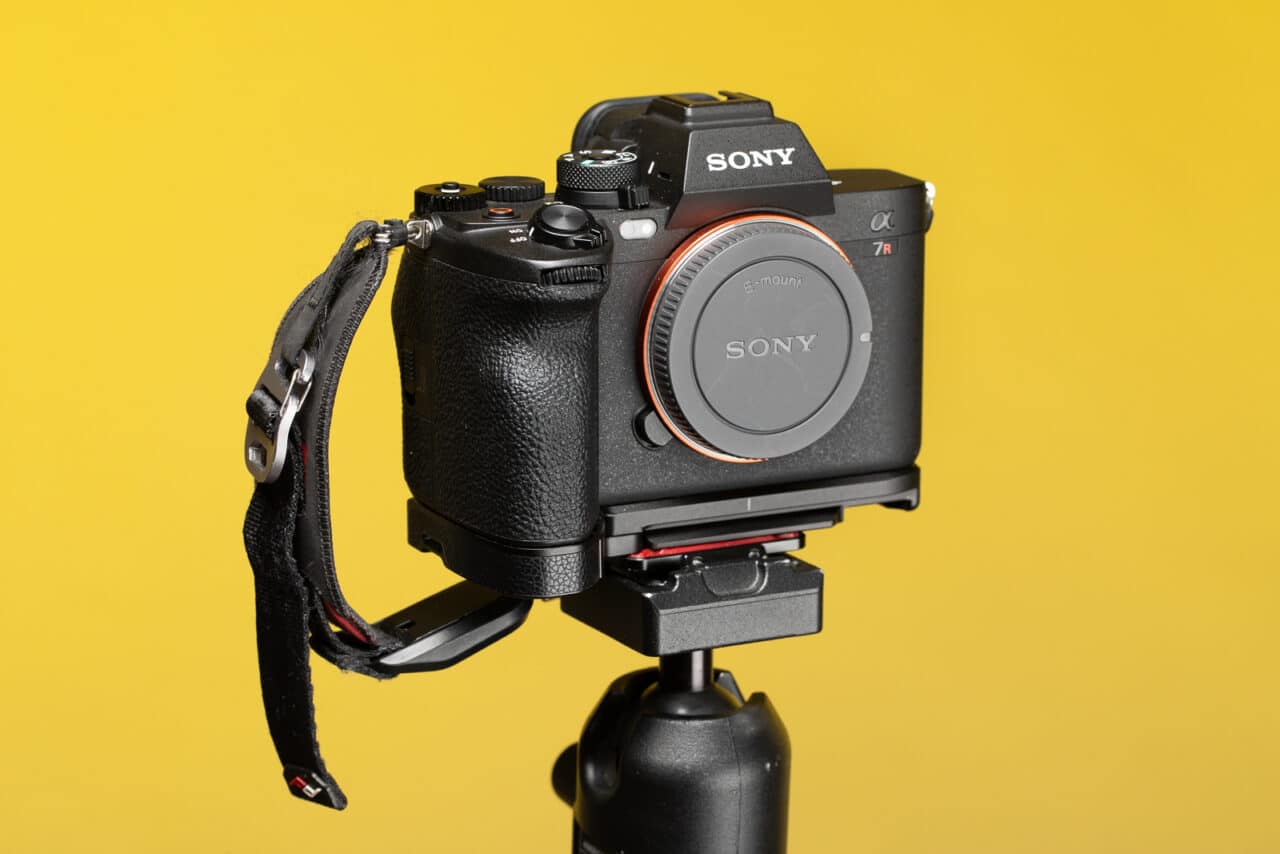
The wheel by the shutter button is in a different place, and a month later, I still find it cumbersome because it’s in a strange position for me and very close to another finger. But maybe it’s just me and a slightly different grip can remedy it.
Sony’s flip screen is better than Canon’s. It can easily be flipped up or down, and even in any direction.
It seems Sony intends to rely on global electronic shutters in the future, rather than investing in improving traditional shutters. This means the mechanical shutter is not as nice and quiet as Canon’s. The relatively loud sound on the Sony surprised me.
The hot shoe uses fine little wires for contact, so it’s more sensitive to water damage according to reviews. Also, the flash foot looks flimsy and even comes with a cap. I’ve never seen a similar plastic cover on a flash, but here unfortunately it looks like it’s necessary.
The cameras also use different memory cards. I don’t know if this benefits anyone. The CFexpress Type A memory cards for Sony are more expensive, but a regular SD can be used instead. While the Canon R5 has a CFexpress Type B slot which can’t be used for anything else.
Settings
The Sony A7R V has more buttons available for functions and the list of recall functions is also several times as long.

Sony also has more custom modes. Three of them are on the main dial (like the Canon), but the other four are stored on the card. You have to be careful not to accidentally format it.

The Sony delay self-timer has the option of 2 or 10 seconds like the Canon, but also an additional 5-second option.
It may seem like a small thing, but when shooting at longer focal lengths, 2 seconds is often not enough, but waiting 10 seconds is too long. This is exactly the option I needed.
During shooting
Blowouts are shown as zebra patterns in the viewfinder or display before you press the shutter. However, you can’t display the level and histogram at the same time.
Frames per second is lower, with a maximum of 10. The Canon R5 has a frame rate of 12 with the mechanical shutter, or 20 with the electronic shutter. This doesn’t make a difference to me, but for some photographers, this might be important.
With the electronic shutter, the rolling shutter effect is worse. Rolling shutter is an effect with slanted lines and strange motion blur. This makes the electronic shutter hard to use. On the other hand, even with Canon, I didn’t use it because of the risk of image artifacts with LED lights and other potential issues.
There is no clear winner when it comes to focusing. The Canon can probably handle more darkness, but we’re talking about extremely dark borderline situations where you can’t see well on your own. People and eye tracking are comparable. Subject tracking is clearly Sony’s domain. The Canon R5 has a much higher error rate, where it fails to track a marked object or tracks a whole instead of a part, which doesn’t make sense with a shallow depth of field.
After shooting
Sony has worse auto photo review, at least from what I’ve been able to find. For the Canon, there is the option to immediately review, but not in the viewfinder, only on the large LCD. This gives photographers used to DSLRs the ability to look at the photo without interrupting the shooting sequence by looking in the viewfinder. I understand that this can be solved with an extra button.
Large photo previews don’t show blowouts or the histogram. To view both, you have to switch to a smaller preview. This means constantly switching back and forth.
When reviewing images, moving around the photo (panning, zooming) is very slow and jerky. It feels like you’re trying to do something on an old computer.
You can’t delete a selected series of photos like you can with the Canon. You can, however, delete a specific day.
And finally, something positive. The viewfinder is bigger and has a higher resolution than the Canon R5. Viewing images on it is great.
Photo quality
The Sony has a higher resolution of 60 megapixels versus Canon’s 45 megapixels.
The colors are probably slightly less pleasant than with the Canon. Not to be confused with color accuracy where no machine is perfect. But with Sony, it took some global adjustments to get reasonably similar output.
Otherwise, in terms of digital noise and sharpness, I have no complaints with either camera. In short, these are top-notch pieces of hardware with stunning results that are comparable. If I was using both cameras simultaneously at an event, I would be unable to visually identify which camera a photo was shot on.
The cameras are very similar
I eventually realized that the camera bodies have much more in common than not. When I think about it, it’s clear that the manufacturers have copied from each other over the years with an often startling level of similar detail.
Photographer: “I need to shoot with eye tracking, aperture priority, auto ISO with minimum adjustable speed, in two different formats on two cards at the same time, and send images using Wifi to an FTP server.”
Canon + Sony: “No problem.”
My takeaways
I was surprised at how easy it was to change camera brands and start using different controls. I can still take pictures of anything I want, but compared to the Canon RF, I have saved on the cost and weight of my gear. Plus, I can now use lenses that aren’t available for the Canon. After my first experiences with the incredible Tamron 35-150/2-2.8, it seems I’ve found my new favorite lens.
It’s difficult to evaluate the weather resistance or ease of maintenance. Only time will tell.
I am happy for now. Of course, Canon can still open its system to other lens manufacturers at any time. Even so, production could take years. For now, I will take comfort that without the pressure of people switching brands, Canon would forever remain a monopoly. I’ve done my part.
What you can take away from this Sony/Canon comparison
Cameras today are at such a high level that unless you’re looking for a particular feature, there are probably several brands that work for you. It makes more sense to evaluate the whole lineup, especially the lenses. These can vary greatly brand to brand.
If you have your eye on a unique Canon RF lens (like the 28-70/2, 200-800/6.3-9, or others), Canon is the best choice for you.
On the other hand, if you’re eyeing a Sigma, Tamron, or similar lens, it means using a different system. Sony is probably the most compatible, but Nikon, Fuji, or a body from the Micro Four Thirds family are also alternatives.
If you’re not picky and just need “normal” camera equipment you can’t go wrong with either and you’ll have fun taking pictures with whatever system you choose.
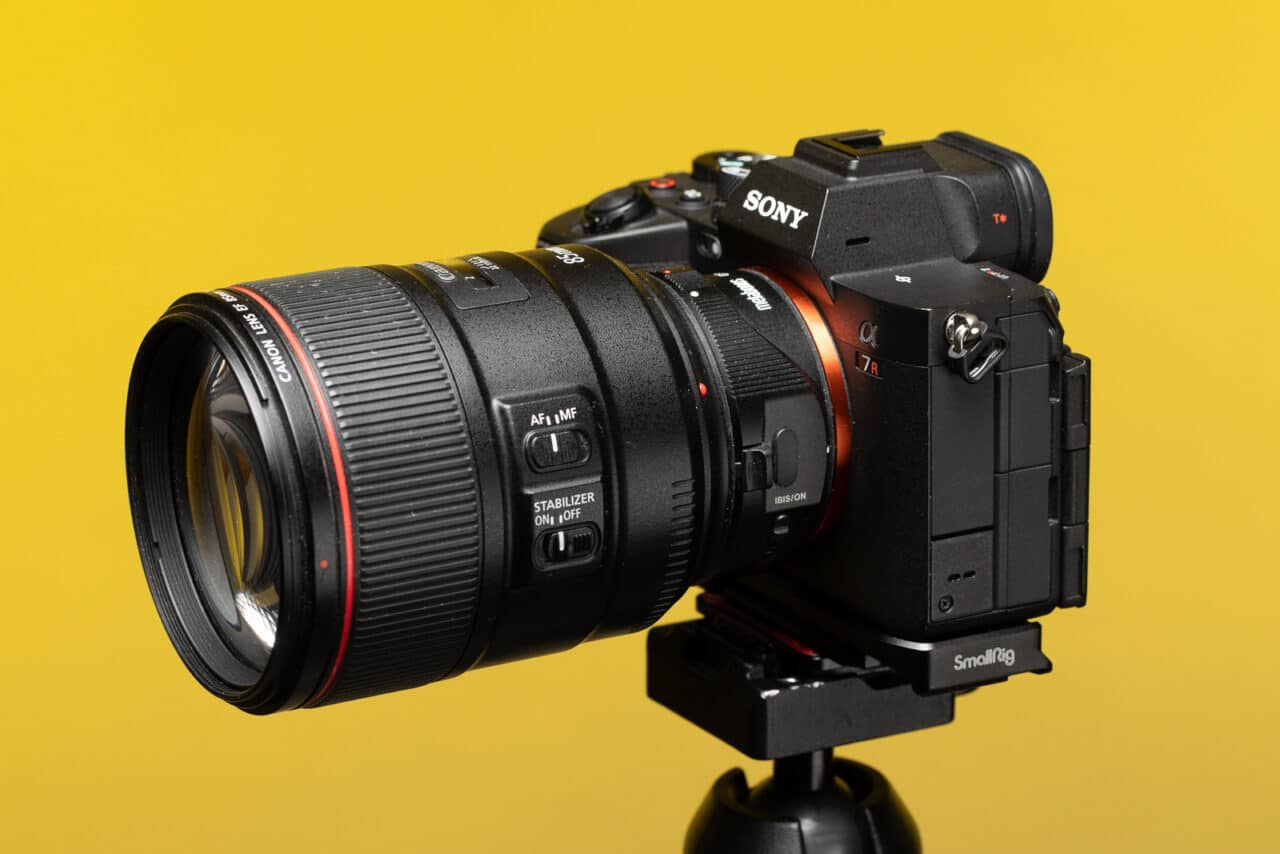

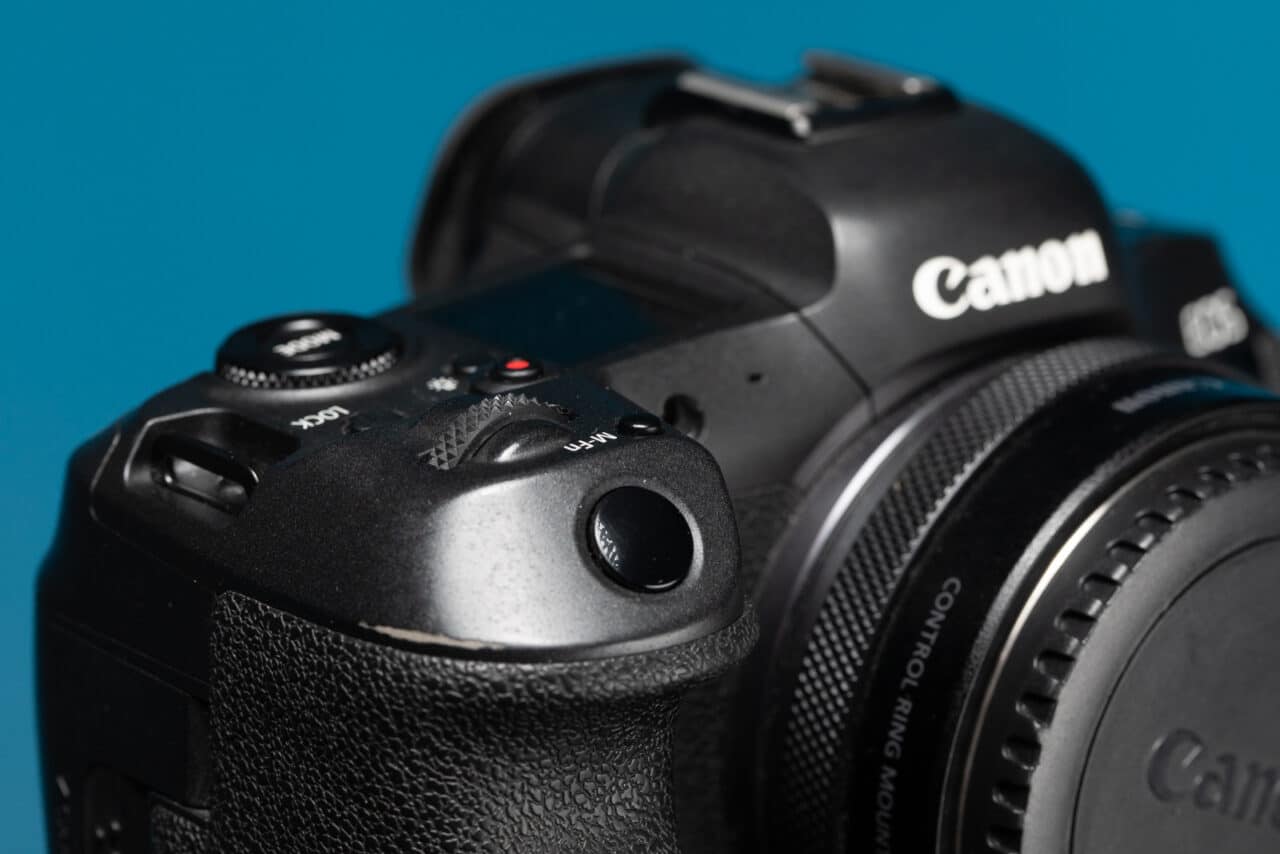
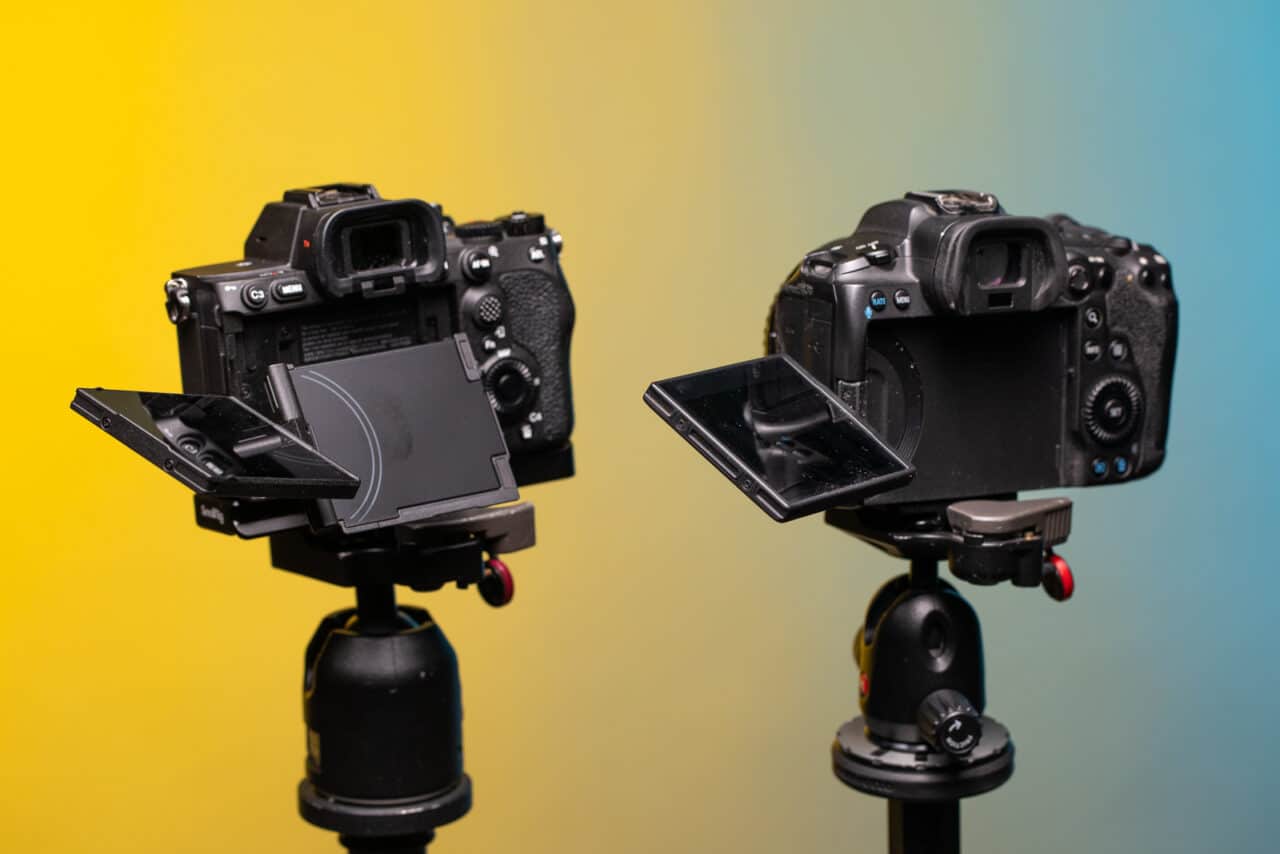
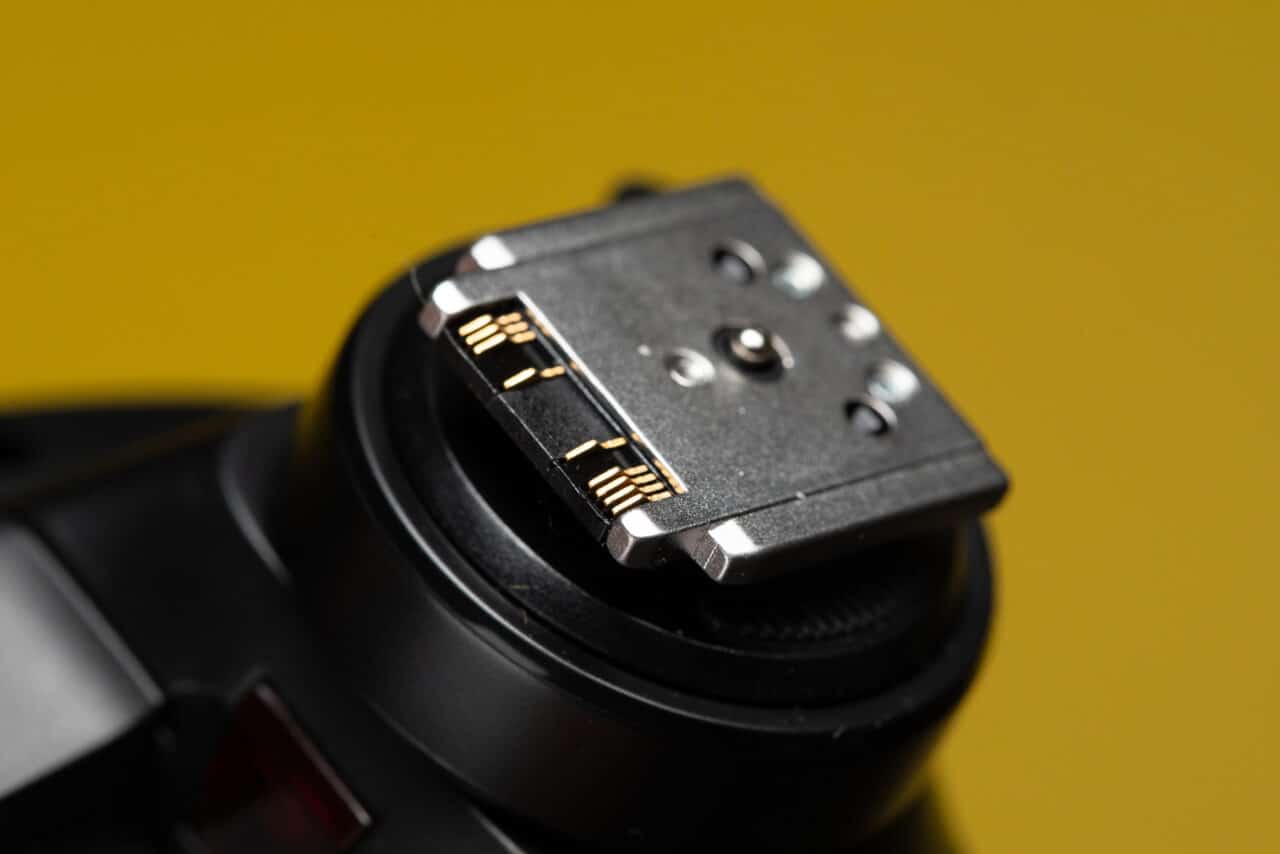


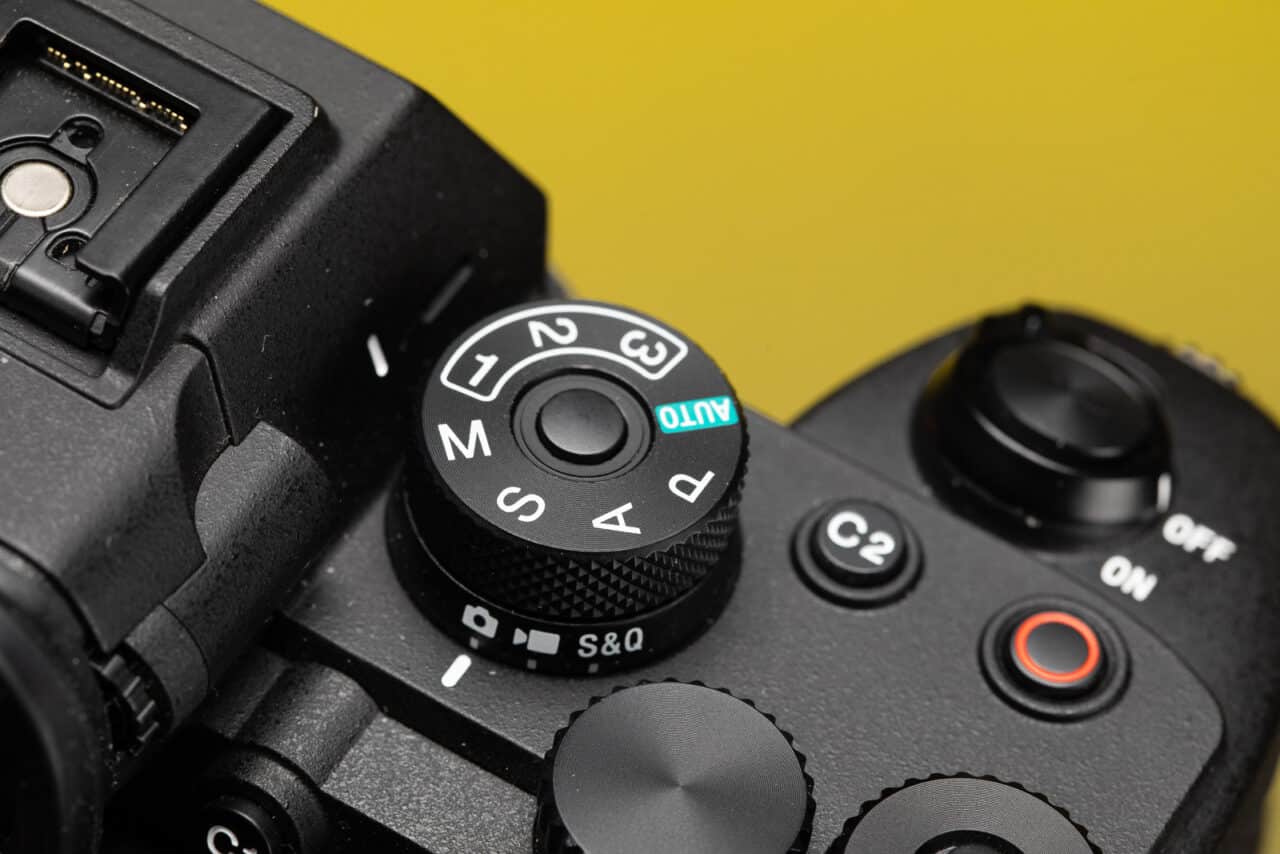


Tom Picture
The title of this article is about your switch to the Sony, but the content was overwhelmingly criticisms and shortcomings against Canon
Scott
Appreciate your comparative review. You bring up some very interesting points that I’ve not seen pointed out before in any YouTube review. I’ve been the fence with the same decision, except my lineup is an 80D(a), R, R6, and R7. The new Sony 85 1.4 II is *extremely* tempting, as it looks like it clearly smokes Canon’s 1.2 in several ways. But, I think the past 6-9 months in Canonland have changed the picture – for me as a budding landscape / cityscape / nightsaper, an enthusiastic birder, and as someone trying to crack into traditional photography of humans :). The RF 10-20 f/4 L is still calling my name, all these months after its release, and the RF 200-800 looks like the logical eventual successor to my Sigma 150-600. And the R5 II, with its newfound DR parity in MS and ES shutter modes, and the 30 FPS in ES (which absolutely obliterates the Sony…), along with pre-shooting, means you can shoot with the R5 II in silence and get frame selection that an A7R5 user next to you will not get, period. Not to mention the new sports-aware Action AI AF tracking basically making it an intelligent sports camera if needed, and I think I need to abandon my research into the A7R5. The R5 II just makes much more sense for me and my future needs. And I can put my adapted Tamron EF 35-150 f/2.8-4 on it for appropriate gigs. :)
Joan ferrer
Estoy de acuerdo contigo Escocés, la mayoría de usuarios no recuerdan que hay muchos objetivos EF que son totalmente compatibles con la montura RF.
aronald harper
You said the a7rv electronically relies on a global shutter. That’s just wrong. Maybe it’s a typo. But it’s not close to the truth of it either way
Vit Kovalcik
Well spotted, thank you! You are right, it is incorrect, the meaning was was lost in the translation from the original Czech article. I have fixed it, so now the respective section reads: “It seems Sony intends to rely on global electronic shutters in the future, rather than investing in improving traditional shutters. This means the mechanical shutter is not as nice and quiet as Canon’s. …”
Jan F
I wonder how you would review it now, few months after and if you potentially tried native Sony lenses, which might give you a different opinion on focusing performance and colors?
Vit Kovalcik
It has been almost a year since I have switched brands and I have some Sony lenses, but Tamron 35-150 stays on my camera for perhaps 75 % of time. Focusing is fine for me, I don’t really need to think about it much.
Colors seem to be biased towards reds, so I have some permanent settings to mute the redness a bit. I also keep noticing the moiré from time to time, so that is a bit unsettling. But otherwise the Canon and Sony systems are very similar and the main difference for me is the Tamron 30-150, which really changed the way I use the camera. During studio or event photography I don’t need to change the lens that often, which is great.